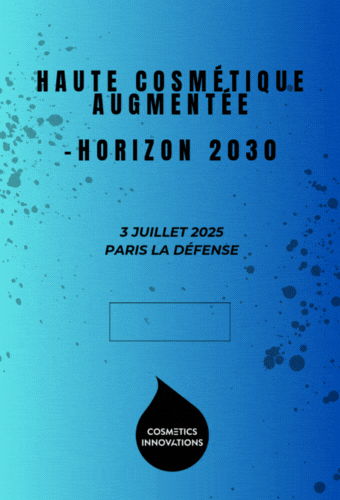Capturing CO2 directly out of the atmosphere is the "time machine" that will take us back to cleaner air, according to Heirloom Carrbon cofounder and CEO Shashank Samala [1].
The San Francisco-based startup has become a hot name in the nascent capture technology sector, even sealing a deal with Microsoft to help the Windows-maker meet its zero-carbon ambitions through the acquisition of credits (up to 315,000 tons), thus allowing Heirloom to open their first factory by the end of the year. Governments are embracing similar innovations to meet their climate goals as CO2 emissions remain too high to mitigate the greenhouse effect that causes the devastation of climate change.
“Wring the sponge”
“If you actually want to reverse climate change and go back to where things were, carbon removal is the closest thing we have actually removing legacy emissions from the air,” said Shashank Samala.
"Heirloom uses limestone which is a naturally occurring mineral and we give it superpowers and we turn it into a sponge that can suck up CO2 from the atmosphere," added cofounder and head of research Noah McQueen. "We then wring out that sponge and we permanently store that CO2 underground," he added. Then they can re-use the “sponge.”
The start-up thus accelerates a natural process which normally takes several years. Heirloom has set itself the goal of ridding the atmosphere of one billion tons of CO2 per year by 2035 — without incentivising companies to keep burning fossil fuels. That will help put a dent in the between the 10 and 20 billion tons of carbon that the US National Academy of Sciences says has to be eliminated every year between now and the end of the century.
Heirloom opted for limestone because it’s available in large quantities, and says there’s no shortage of storage space. "In the United States alone, there’s enough to store all of the emissions that we’ve emitted since the industrial revolution," said McQueen.
Technological challenges and greenwashing concerns
Direct Air Capture (DAC) techniques, such as those developed by Heirloom and Swiss pioneer Climeworks, differ from systems where carbon is captured at source (CCS), such as factory chimneys.
Will Knapp, cofounder of the CCS startup Cocoon, believes it is much easier to capture CO2 directly from places it is emitted, such as factories or steel plants, than from the general atmosphere. Metal-making furnaces can blast out CO2 concentrations of 10 to 30 percent, while the concentration of CO2 in the air we breathe is at just 0.4 percent, according to Knapp. Capturing it from the general atmosphere would be "like finding a needle in a haystack," he said.
CSS is also the technology chosen by LanzaTech. Using the carbon thus recycled, the New Zealand start-up already produces perfumery alcohol, delivered to US beauty giant Coty. The company was also able to create a prototype plastic shampoo bottle, in partnership with L’Oréal.
As far as Heirloom is concerned, Samala holds his company to strict commitments, such as not reselling the CO2 to businesses that would ultimately return it to the atmosphere. He also condemns "greenwashing," where some industries, in particular the oil and gas lobby, use vague promises of carbon removal "as a way to distract us."
"For us to go against the status quo is incredibly difficult, but that is what we need to do," Samala said.
COP28 in Dubai
Carbon capture will be a central topic of discussions at the COP28 climate talks, which take place in Dubai from November 30 to December 12. Many see it as a necessity to get closer to a zero-emission world while others fear it is being hailed as an easy ticket to avoid making the sacrifices needed to slow climate change. The UN Panel on Climate Change (IPCC), which steers the COP meetings, considers the deployment of carbon capture and storage systems to be unavoidable if we are to limit global warming as close as possible to 1.5 degrees Celsius above pre-industrial levels.
The International Energy Agency estimates the annual need for direct air capture at 80 million tons of CO2 in 2030.




































